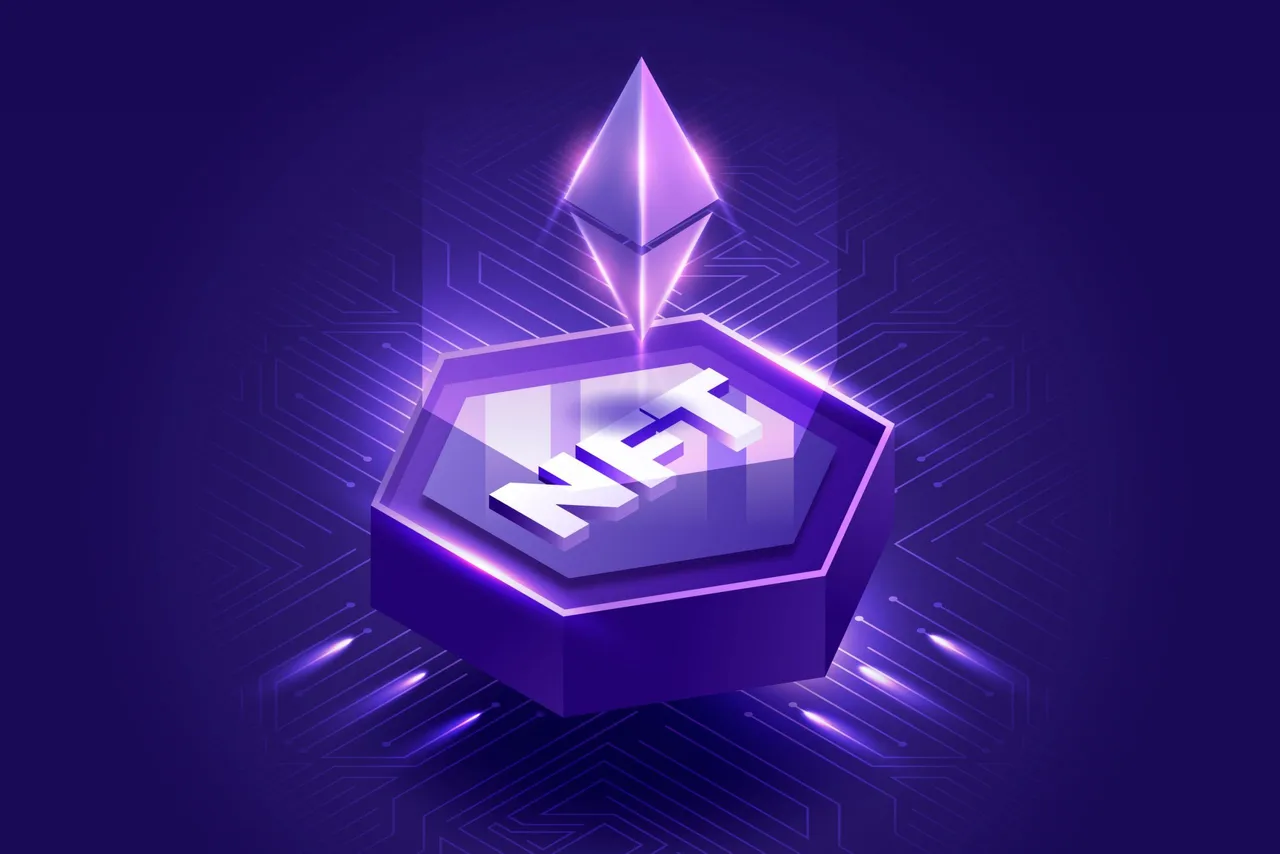NFTs, or non-fungible tokens, have become a large presence in marketing in the past few years as part of the rise of crypto currencies and markets. On the surface, NFTs are images that can be bought using crypto currency that then carry a proof of ownership to its buyer. Because it is all digitized, this proof of ownership can be traced even if the NFT is later sold on a secondary market. This allows for exclusive memberships or opportunities by which only those who verifiably own particular NFTs can participate. This new technology, while relatively new, has a wide variety of new and exciting applications.
The NFT Potential
In a discussion led by Drs. Quinn and Johnathan Button, they discuss some of these innovations, with one of the more interesting ideas being that of rewarding loyal customers. As they point out, brands have begun using NFTs as marketing, by which fans who purchase an affiliated NFT can later have primary access to limited merchandising, giveaways, and more. This fosters a more involved community while giving recognition to its largest members and supporters. Furthermore, the fan now owns the NFT, so should they choose to sell it on a secondary market, it opens up financial opportunities to loyal customers.
Another application they address is that of a POAP (Proof of Attendance Protocol), which is an NFT that is given out freely to those who attend certain events. These can allow these events or brands to later reward those who have these POAPs by once again providing priority access to special events or sales.
Discussing all of the potential this product holds would take far longer than this paper intends to be. Rather, it is important to recognize the themes across all of these examples: rewarding community participation and building a fun, cooperative environment all supporting a common cause. This is what brands strive to achieve when seeking out a fan-base, so it should be a perfect match; however, NFTs often get a bad reputation in larger society. While all of this may seem perfect on the surface, there is a darker side that is not addressed by the Buttons, yet plays an integral role in this ever-evolving ecosystem.
Get-Rich-Quick
By far, the most common criticism levied against NFTs is that they reek of the get-rich-quick nature of infamous Ponzi and pyramid schemes. While it certainly is not fair to attribute this to all NFTs indiscriminately, it is impossible to deny that this is a problem for many areas of the NFT space. As discussed earlier, NFTs are a fairly recent technology, and as such, the few successes have been broadcast wildly as an attempt to promote them to a broader public. Unfortunately, especially for those less acquainted with the crypto-sphere, it creates a bright appeal that can easily convince those who may not know how to handle the space effectively to throw their money behind NFTs that have no real worth and exist solely to harvest crypto.
This is a complaint common among crypto currencies, but it is especially true with NFTs, which are each unique and are therefore far easier to exploit. While some may argue that there are scams everywhere and it is the consumer’s responsibility to avoid them, it is necessary to remember how young the crypto space is. Traditional financial scams have existed for hundreds of years - crypto scams do not have that luxury. There simply is not the societal wisdom to know what to look for and what to avoid, and as such, it creates a high barrier to entry that only hurts those who are most excited to jump into the community.
Lasting Reputation
Ultimately, NFTs are undoubtedly changing the digital sphere and have the potential to bring about large amounts of innovation and change. However, before this is possible, there needs to be more public awareness about what they are, how they can be beneficial, and where the dangers of the community lie. It is naive to only speak of the future while ignoring the current problems preventing the community from growing further, and this can only be done by distancing NFTs from the get-rich-quick rhetoric and instead focusing on building more partnerships with reputable brands. A technology can only grow if it is trusted and easily accessible by the public at large, and in current Western culture, NFTs have neither of these characteristics. As such, significant changes will need to be made in there public image and affiliations to bring about the potential discussed earlier and bring it from a technology in its infancy to one that can truly shape the digital economy.
